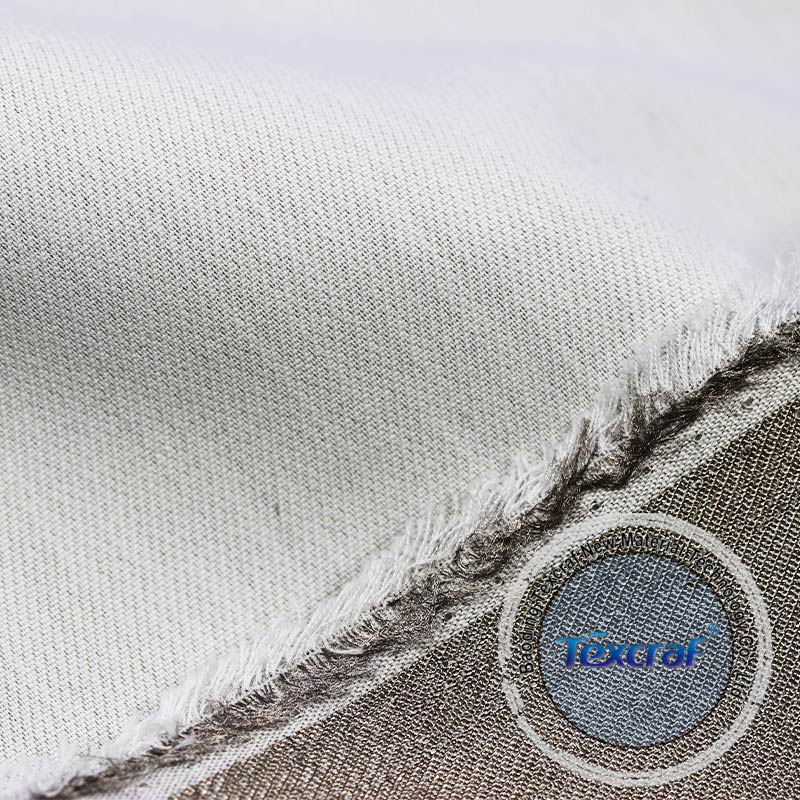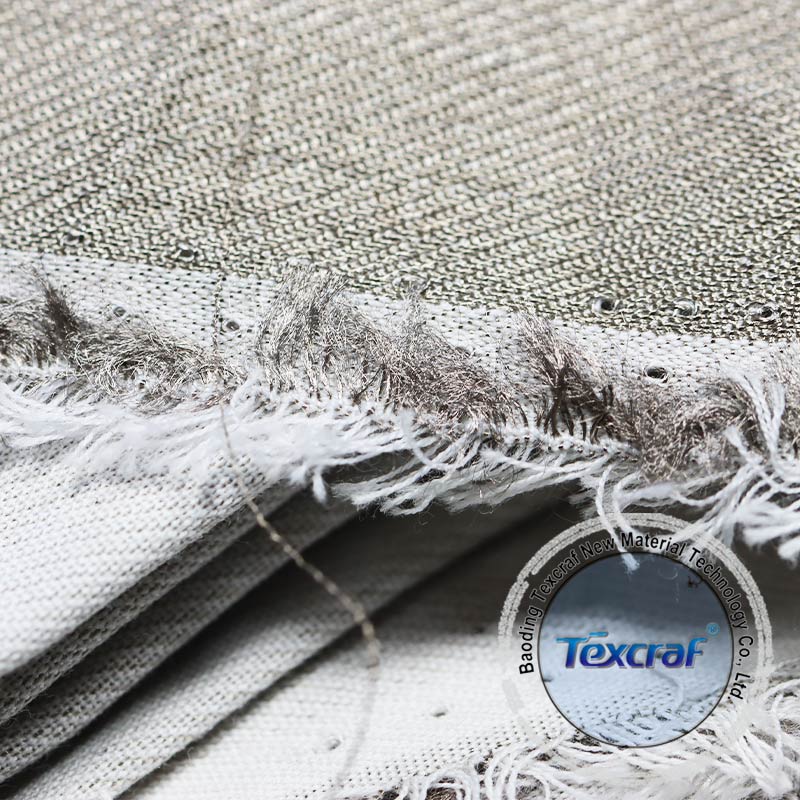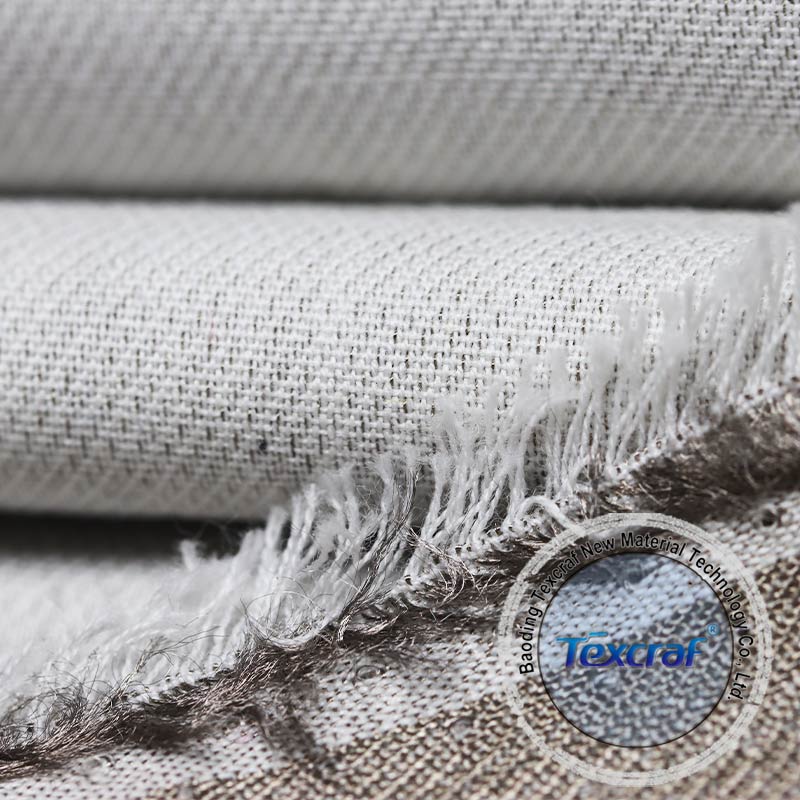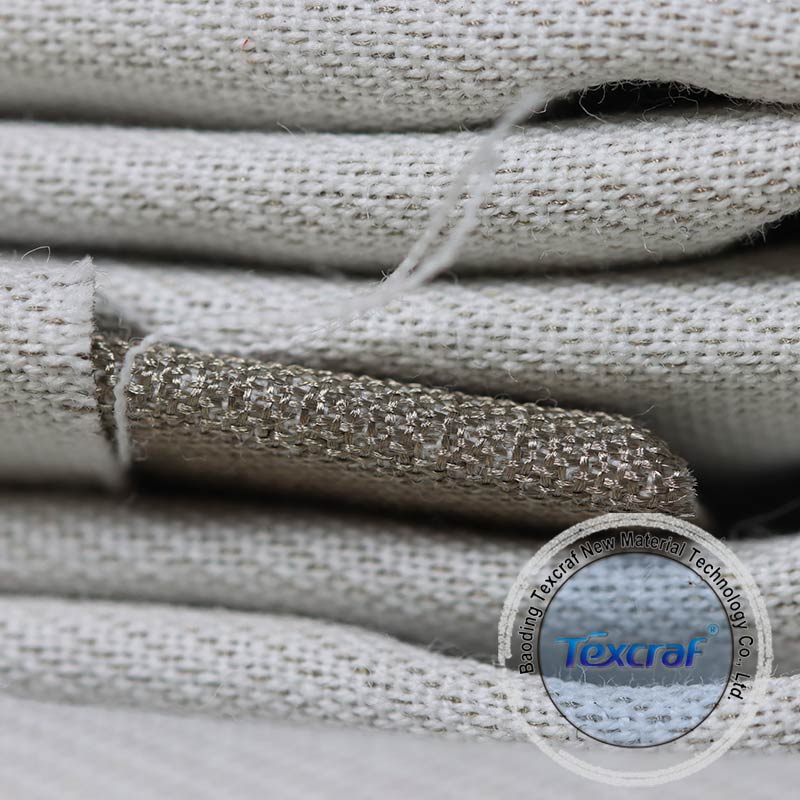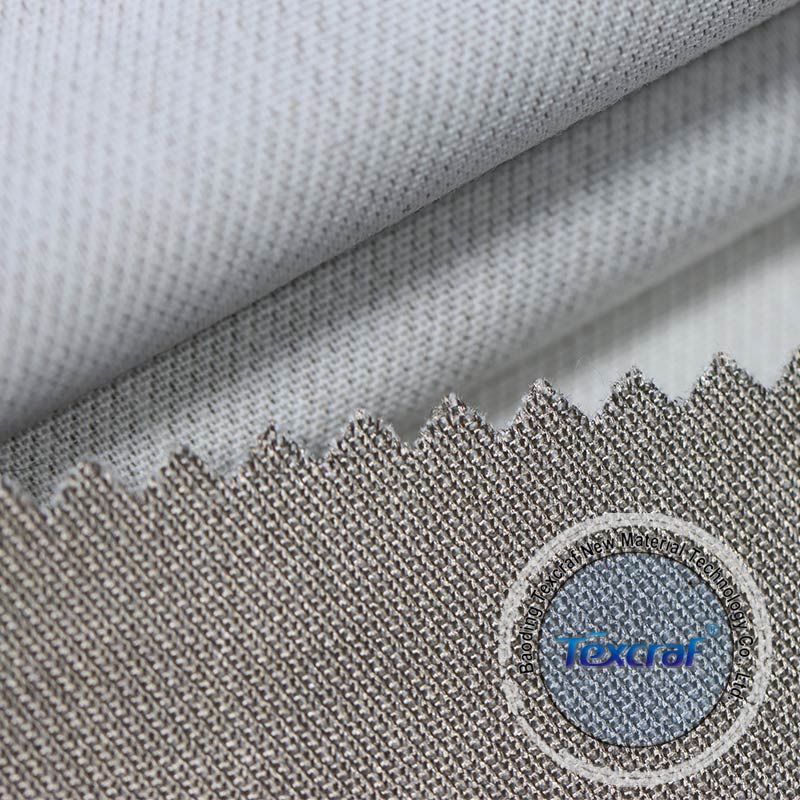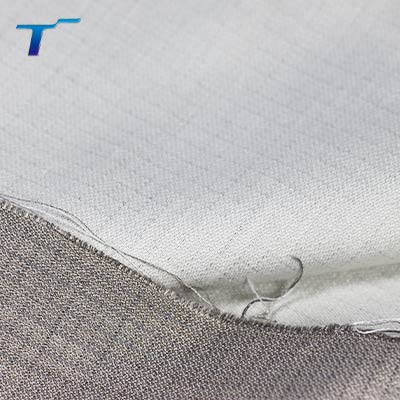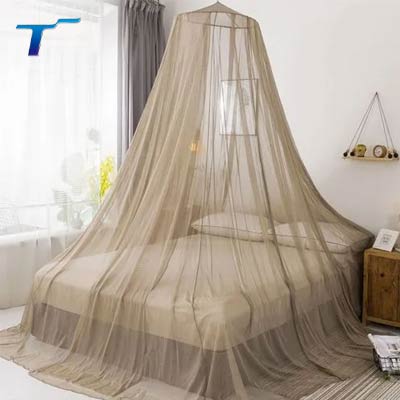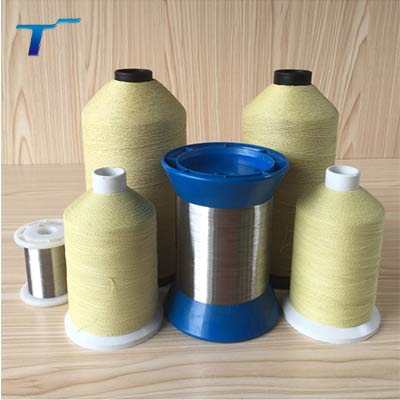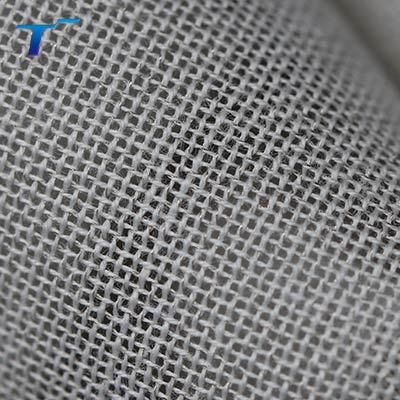Woven Conductive Fabric
Woven Conductive Fabric is a functional composite material that combines the flexibility of textiles with the electrical conductivity of metals. Our fabrics include silver fiber blend fabric, which enhances conductivity, durability, and shielding performance. We offer a wide range of tailored solutions based on different material types to meet diverse application needs. Metallized conductive fabrics provide exceptional versatility for various industries. Texcraf, supports customized solutions, ensuring fabrics are designed to meet specific electrical, thermal, and mechanical requirements.
Working Principle of Woven Conductive Fabric
Conductive Fibers: Integrates metallic or conductive fibers, such as stainless steel or silver, into a woven textile structure.
Efficient Pathways: Fibers form continuous conductive paths, allowing electricity or heat to flow through the fabric.
Heat and Electrical Transfer: Conducts thermal energy or electric current while maintaining flexibility.
Functional Applications: Enables electromagnetic shielding, grounding, heating, and sensing functions.
Textile Benefits: Combines conductivity with the durability, softness, and flexibility of traditional fabrics, suitable for wearable and industrial applications.
Why Choose Texcraf
In-House Silver Plating Workshop – Ensures quality control, stable supply, and lower cost.
Expert R&D Team – Capable of custom blends, gram weights, and fabric treatments.
OEM & Private Label Services – We also produce finished products like shielding garments, bedspreads, and pouches.
Fast Prototyping & Global Delivery – We respond rapidly to market trends and custom requests.
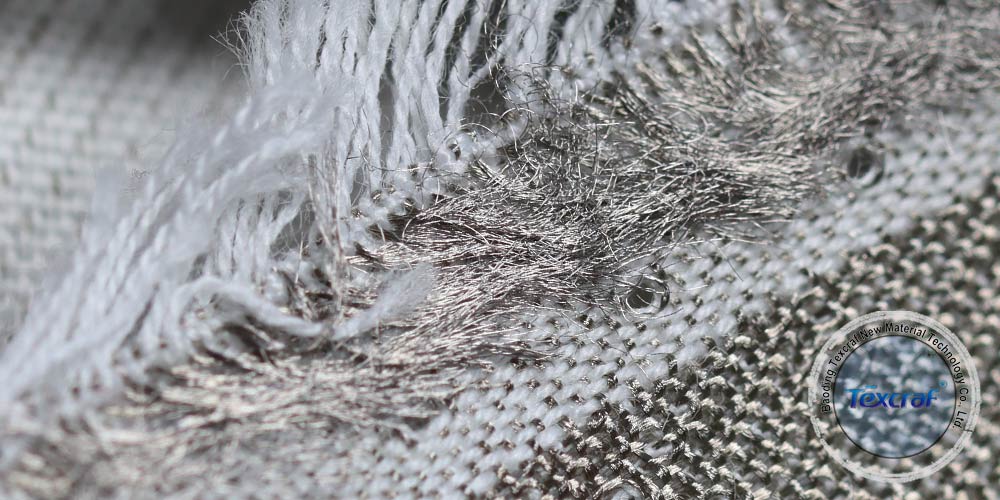
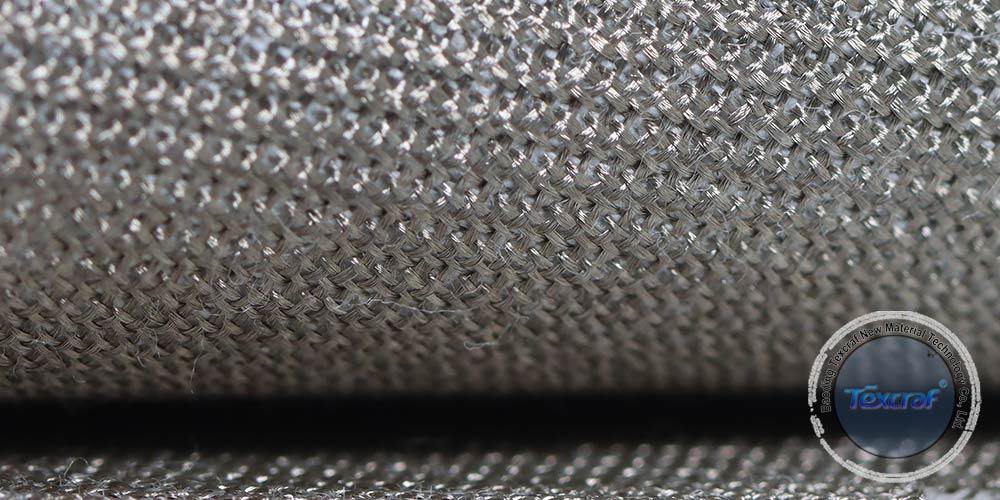
Woven Conductive Fabric, has a wide range of applications in various industries, including medical, sports, outdoor, and home textiles. Here are some of the common applications of silver antimicrobial fabric:
Medical textiles: Silver antimicrobial fabrics are commonly used in medical textiles such as hospital gowns, bed linens, and wound dressings. These fabrics help prevent the growth of bacteria and reduce the risk of infections in patients.
Sports apparel: Silver antimicrobial fabrics are used in sports apparel to prevent the growth of odor-causing bacteria that can build up in sweaty clothing. This type of fabric is particularly popular in activewear and sports socks.
Outdoor gear: Silver antimicrobial fabrics are also used in outdoor gear such as camping tents and backpacks. These fabrics can help prevent the growth of bacteria and mold that can cause musty odors and damage the gear over time.
Home textiles: Silver antimicrobial fabrics are used in home textiles such as bedding, towels, and curtains. These fabrics help prevent the growth of bacteria and mold that can cause musty odors and damage the fabrics over time.
Face masks: Silver antimicrobial fabrics are increasingly being used in face masks to provide an additional layer of protection against harmful microorganisms.
Features
The following are some of the key features of Woven Conductive Fabric,:
Antimicrobial properties: Silver antimicrobial fabric has antimicrobial properties that help inhibit the growth of bacteria, fungi, and other harmful microorganisms. This can help prevent the spread of infections and reduce odors.
Durability: Silver antimicrobial fabric is durable and can withstand multiple washes without losing its antimicrobial properties. This makes it a popular choice in medical and other settings where frequent washing is required.
Moisture-wicking: Many silver antimicrobial fabrics are moisture-wicking, meaning they are designed to draw sweat away from the body and keep the wearer dry and comfortable.
Breathability: Silver antimicrobial fabric is often designed to be breathable, allowing air to circulate through the fabric and keep the wearer cool.
Softness: Despite its durability, silver antimicrobial fabric can also be soft and comfortable to wear, making it a popular choice in clothing and bedding.
Environmentally friendly: Silver antimicrobial fabric is often touted as an environmentally friendly alternative to traditional antimicrobial treatments, as it is a natural substance that can be recycled.


